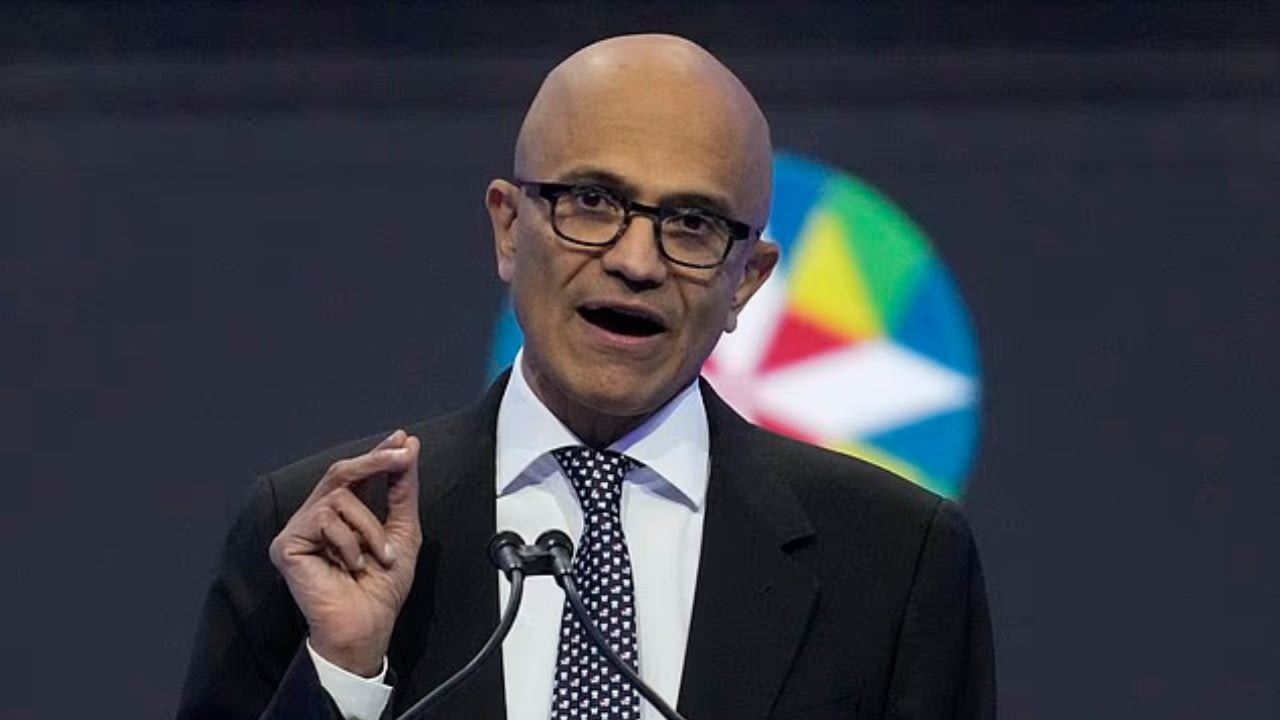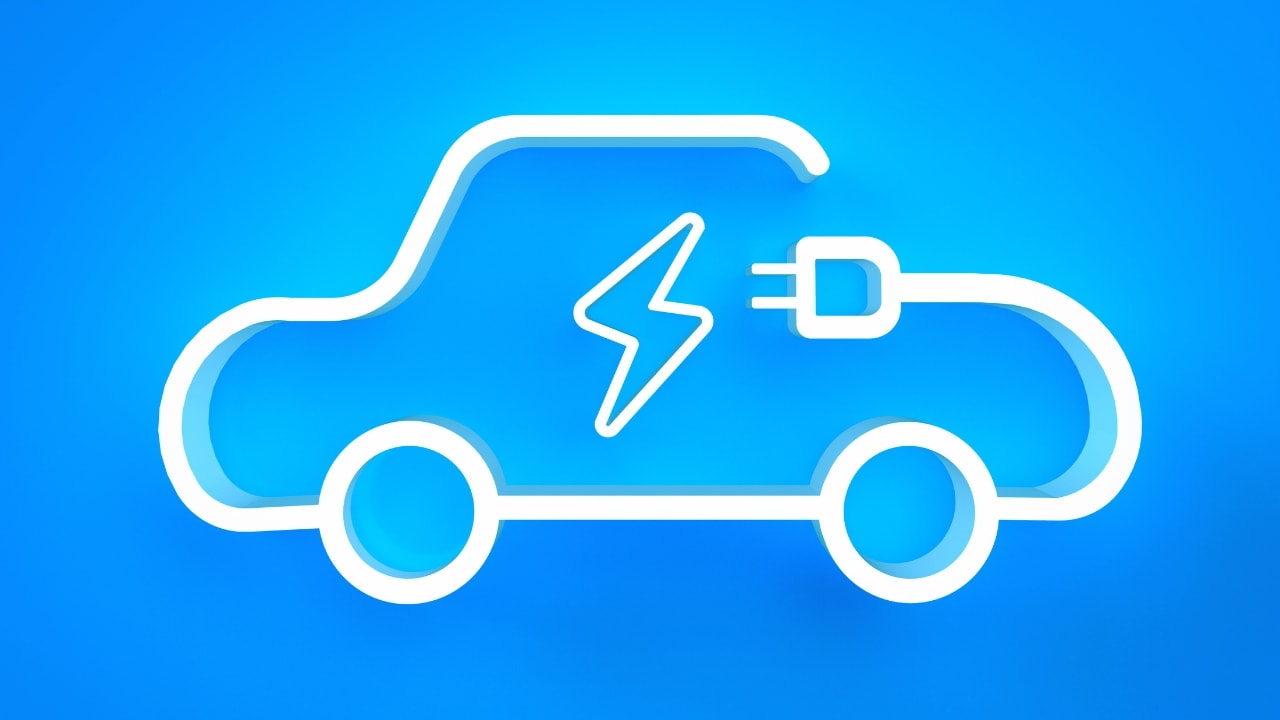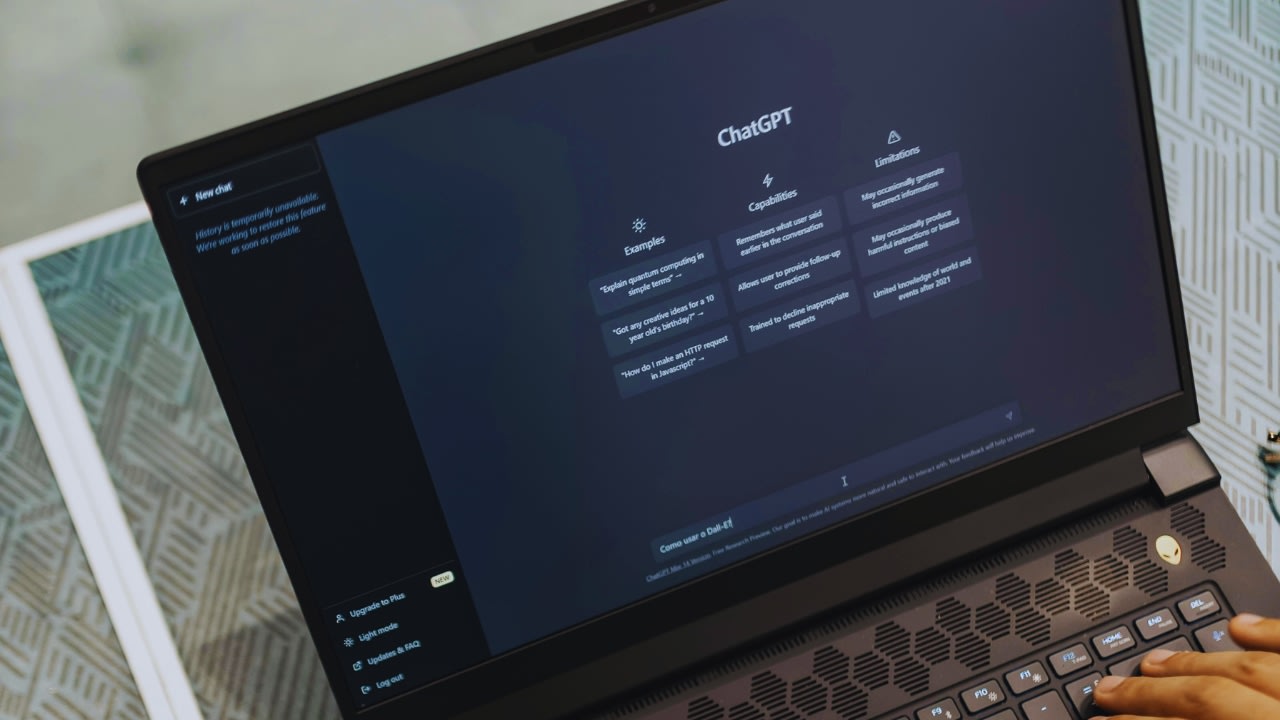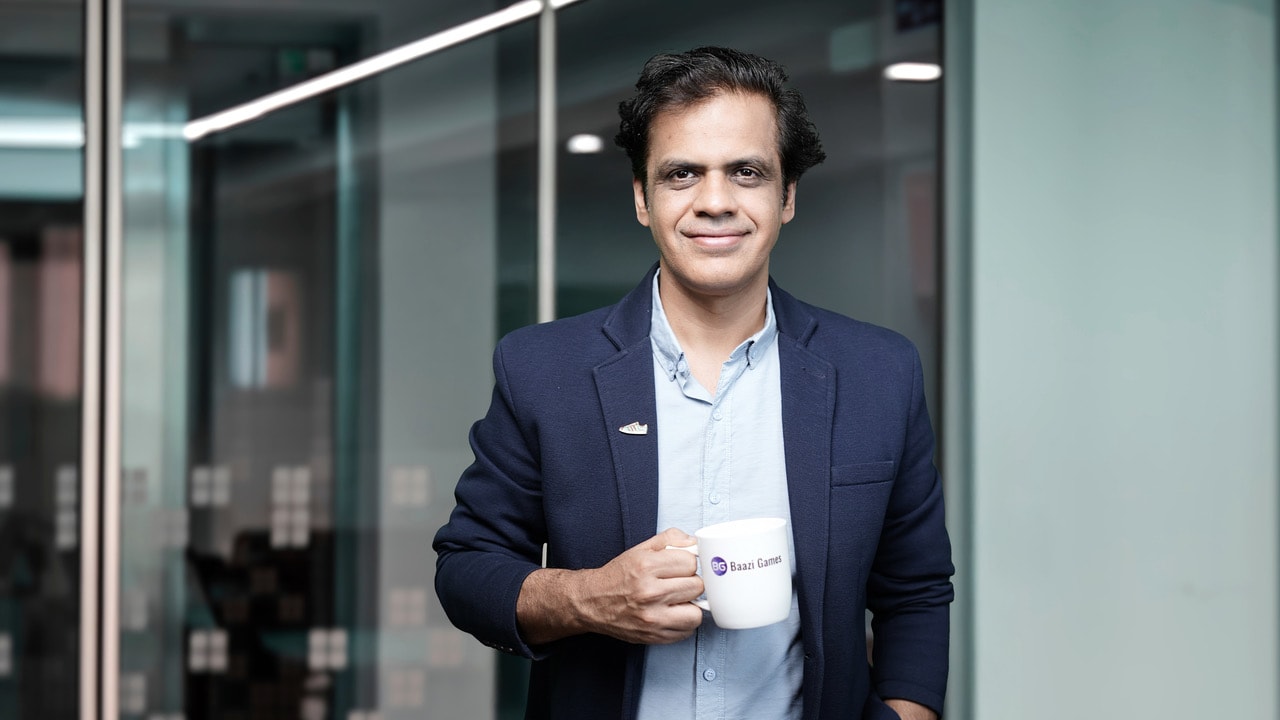AI-generated art has taken a whimsical turn, and the internet can’t get enough of it. Over the past week, OpenAI’s image-generation tool has seen a record surge in users eager to transform their photos into stunning Studio Ghibli-style visuals. But with this explosion in demand, OpenAI’s servers have been pushed to their limits, prompting CEO Sam Altman to issue a warning—“Our GPUs are melting.”
As OpenAI scrambles to manage capacity, Altman has hinted at something even bigger on the horizon: a more advanced version of the image-generation tool. The AI art frenzy is not just overwhelming servers—it’s setting the stage for the next evolution in AI creativity.
What started as a viral trend quickly turned into a digital stampede. Millions of users, from casual AI enthusiasts to social media influencers, flooded OpenAI’s chatbot to generate Ghibli-style artwork inspired by classics like Spirited Away and My Neighbor Totoro.
The result? OpenAI’s servers struggled to keep up:
-
ChatGPT added 1 million new users in a single hour, the highest surge since its launch.
-
Weekly active users crossed 150 million, breaking previous engagement records.
-
App downloads spiked by 11%, with in-app purchases increasing by 6% (Source: SensorTower).
The overwhelming demand caused significant slowdowns, leading OpenAI to temporarily throttle access to the image-generation feature. Users reported delays, glitches, and failures in generating images. Addressing these issues, Sam Altman took to X (formerly Twitter) and admitted:
“Our GPUs are melting. We are going to temporarily introduce some rate limits while we work on making it more efficient.”
To manage the surge, OpenAI announced that free-tier users would soon be limited to three AI-generated images per day.
The Road Ahead: ‘Images v2’ and the Future of AI Art
While the current version of OpenAI’s image-generation tool has captivated users, Altman has made it clear that this is just the beginning. In a cryptic post on X, he teased:
“Y’all are not ready for images v2…”
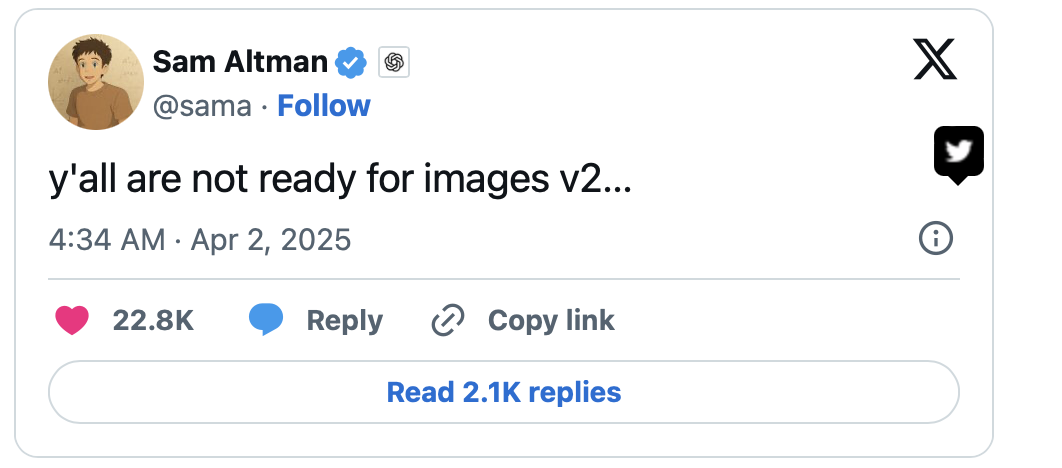
This statement suggests that OpenAI is actively working on a more advanced version of its image-generation tool. Though details remain scarce, industry experts speculate that “Images v2” could introduce:
-
Higher-resolution outputs with improved artistic detail.
-
More customization options, allowing users to refine styles more precisely.
-
Faster processing times, addressing the current overload issues.
If OpenAI successfully integrates these improvements, “Images v2” could redefine AI-powered digital art creation, opening up new possibilities for creators, designers, and businesses alike.
Copyright Controversy: Is AI-Generated Ghibli Art Legal?
Amid the excitement, the trend has also reignited discussions about copyright and artistic integrity. Studio Ghibli’s signature watercolor aesthetics and hand-drawn animation style are unmistakable—but does AI mimicry cross a legal boundary?
Legal experts argue that while copyright protects specific characters and scenes, artistic styles themselves are not copyrightable. This means AI-generated images inspired by Ghibli’s aesthetic may not technically violate intellectual property laws. However, the debate is ongoing, with courts yet to establish clear guidelines for AI-generated art.
Adding to the controversy, old comments from Studio Ghibli co-founder Hayao Miyazaki have resurfaced. In a 2016 interview, Miyazaki reacted to AI-generated animation by saying: “I am utterly disgusted. I would never wish to incorporate this technology into my work at all.”
His sentiments highlight a broader ethical debate: Should AI be used to replicate the unique artistic styles of human creators?
With demand soaring and AI-generated art becoming more sophisticated, OpenAI faces both technical challenges and ethical dilemmas. The upcoming “Images v2” could further push the boundaries of AI creativity, but it also raises questions about originality, copyright, and the role of AI in artistic expression.
For now, AI-generated Ghibli-style art remains one of the hottest trends online—one that has broken records, strained servers, and left millions eagerly awaiting what’s next.
Whether “Images v2” will be the ultimate AI art tool or spark further controversy remains to be seen. But one thing is clear: the AI revolution in digital art is just getting started.






